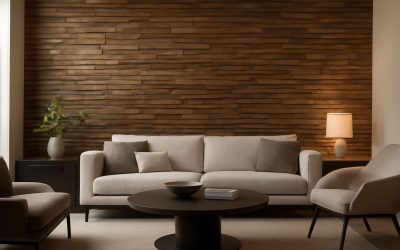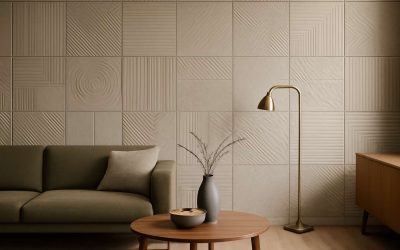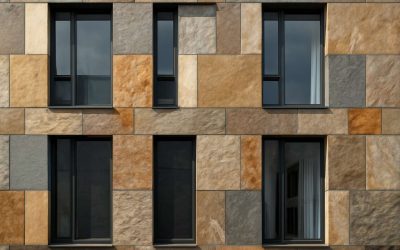
Cladding stones are used to accentuate walls of a building. They add to the overall aesthetics of a building and also protect it from unforeseen weather conditions. They come in different textures, colors and shapes to suit a variety of architectural styles and tastes. They are a great way to make a house look beautiful and are usually a good investment. They are not as expensive as other materials and they are very durable and will last for a long time. However, they must be properly maintained to ensure they retain their beauty.
There are a number of factors that need to be taken into account when choosing cladding stones. Some of these factors include cost, sustainability, maintenance requirements, and availability. These aspects are very important as cladding is not something that can be changed once it is installed. It is also a permanent aspect of a building and so it must be considered carefully in the design stage to avoid compromising on other features.
The type of stone will also dictate possible finishes, thickness and more. The quarry and origin of the stone will also have an impact on its price. Additionally, any additional sealers or treatments will also add to the overall costs. A qualified and experienced supplier will be able to help guide clients through this process to make sure that the final product is exactly what they are looking for.
Using natural stone for cladding is beneficial because it offers a number of environmental benefits that are not easily matched with other material options. For example, it provides excellent insulation against extreme temperatures and can help to keep the interior of a building cool and comfortable during warm months. Natural stone is also a sustainable option that does not require any chemical treatment during manufacturing or installation.
In addition to these environmental benefits, the natural aesthetics of a stone wall can add to the curb appeal and value of a home. This makes it a popular choice for people looking to enhance the aesthetics of their homes.
Cladding stones can be made from a variety of different materials, including granite, sandstone, slate, limestone and more. Each has its own unique characteristics that distinguish it from the others. For instance, granite is very hard and is known for its durability. It is available in a wide range of shades and can be honed, polished or brushed to achieve the desired finish.
It is important to note that although these natural stone options provide many benefits, they are typically more expensive than cultured alternatives. This can have a significant impact on project budgets and may not be the best choice for projects on tighter deadlines. Furthermore, they are on the heavier side and will require a stronger building structure to support their weight. As a result, it is essential to discuss the specifics of your project with your supplier. They can validate block sizes and thus the maximum finished panel sizes, help define what natural features can be expected, and work to ensure that the final products are consistent with the original design intent.



0 Comments